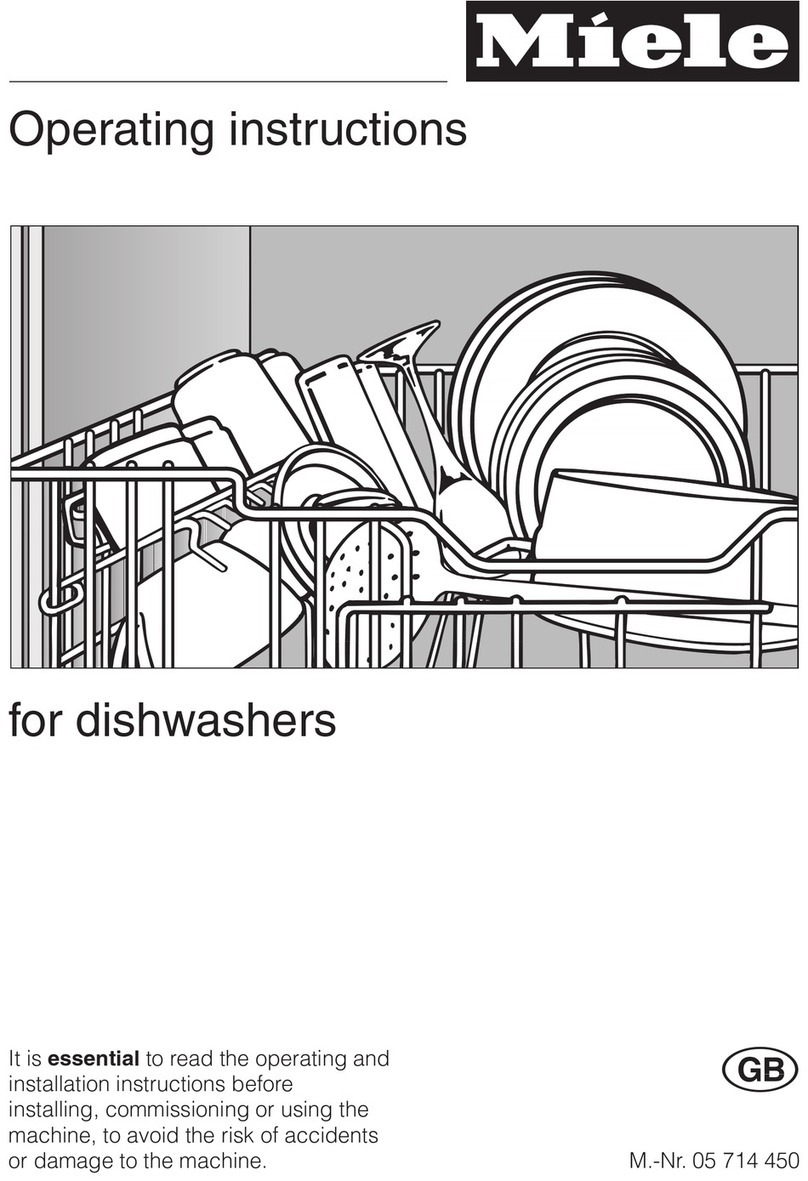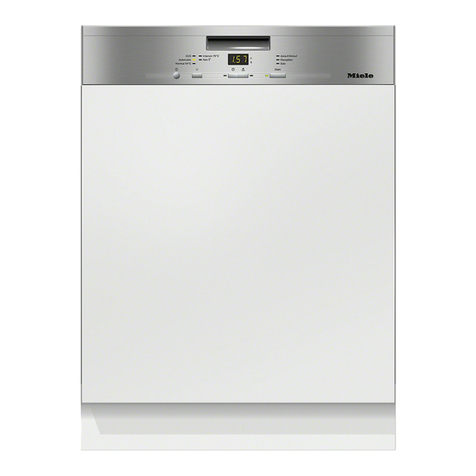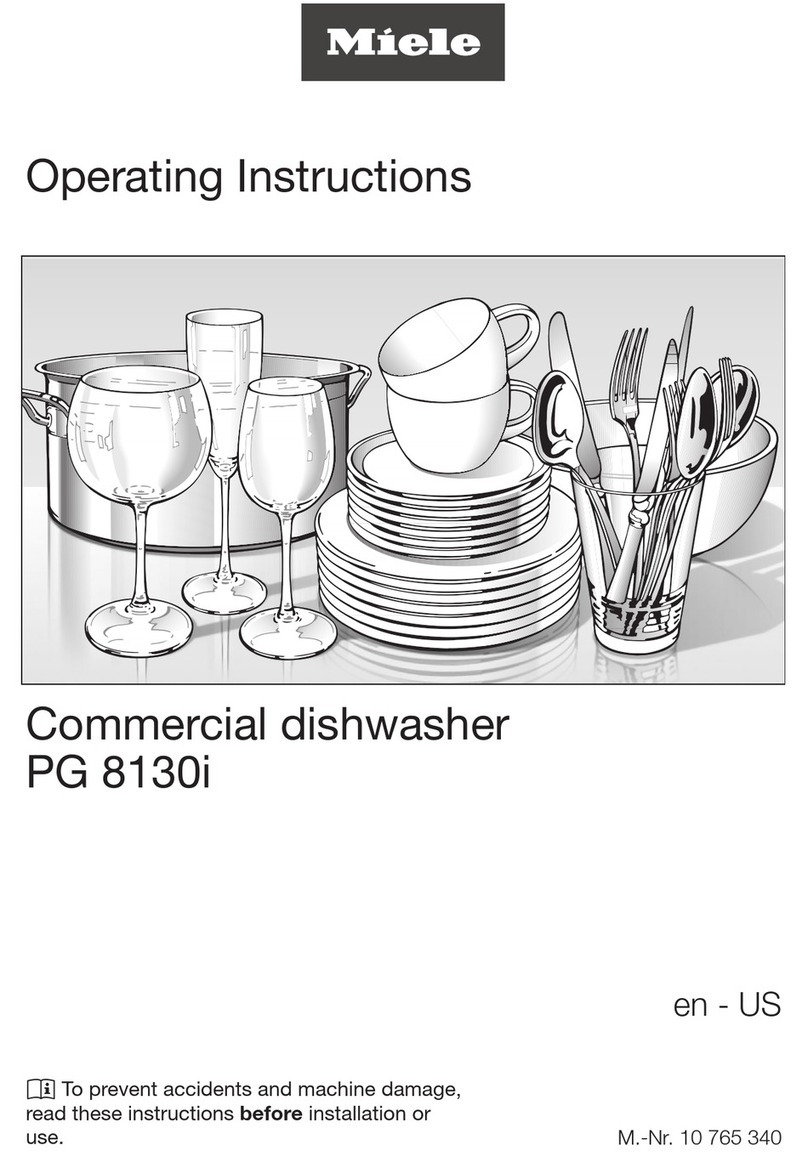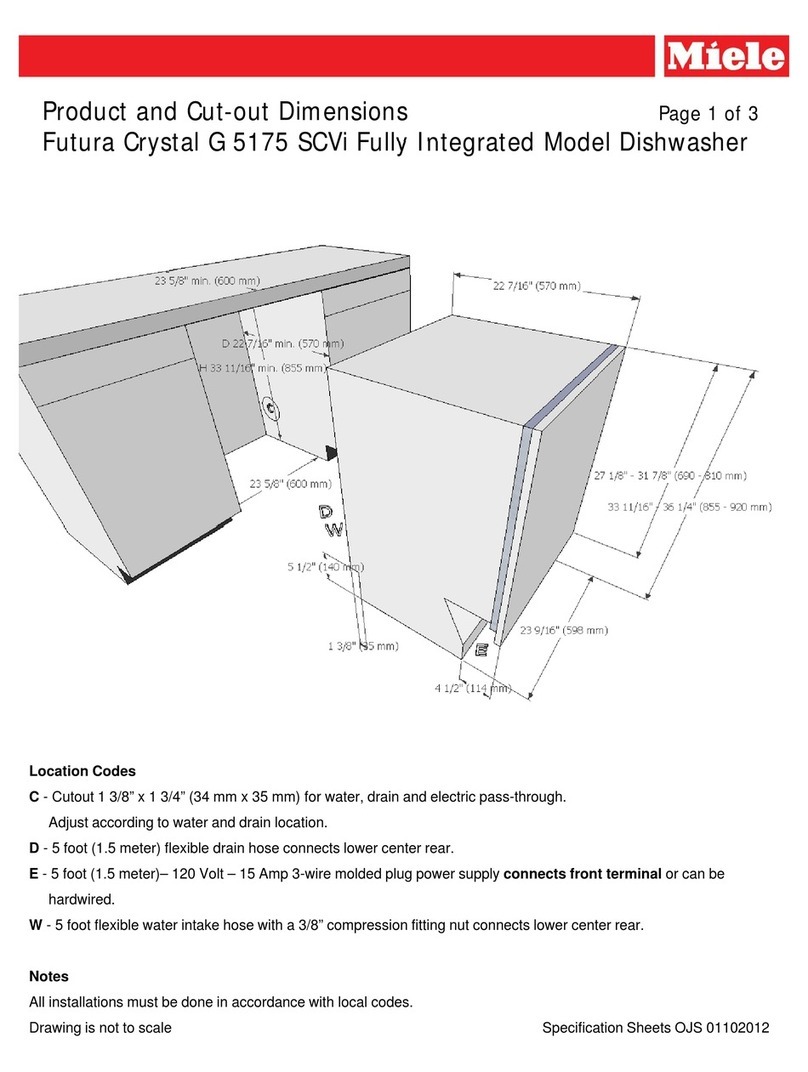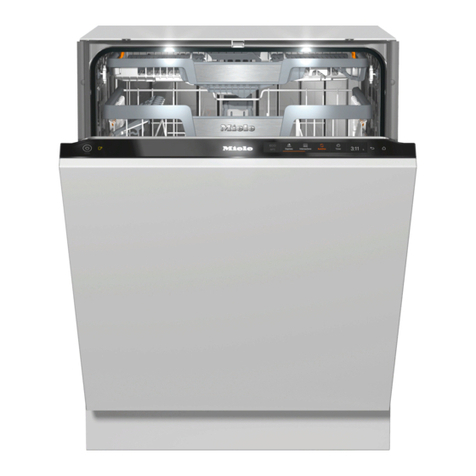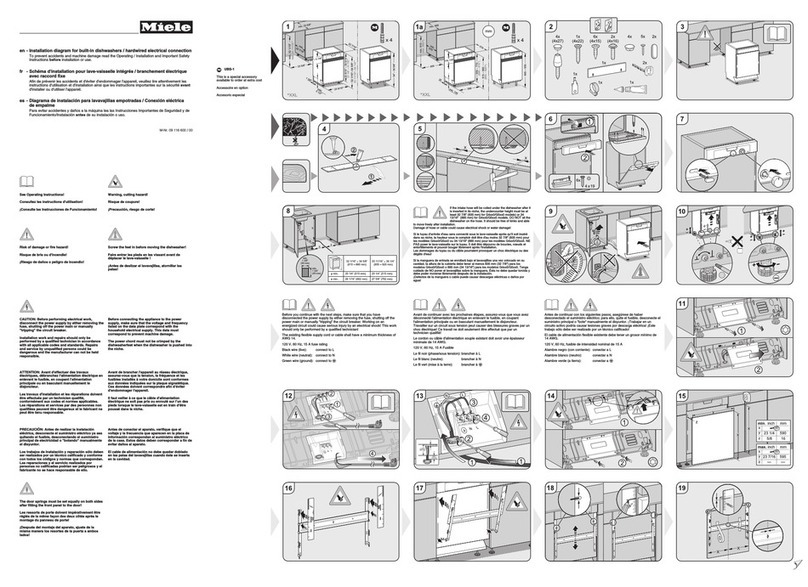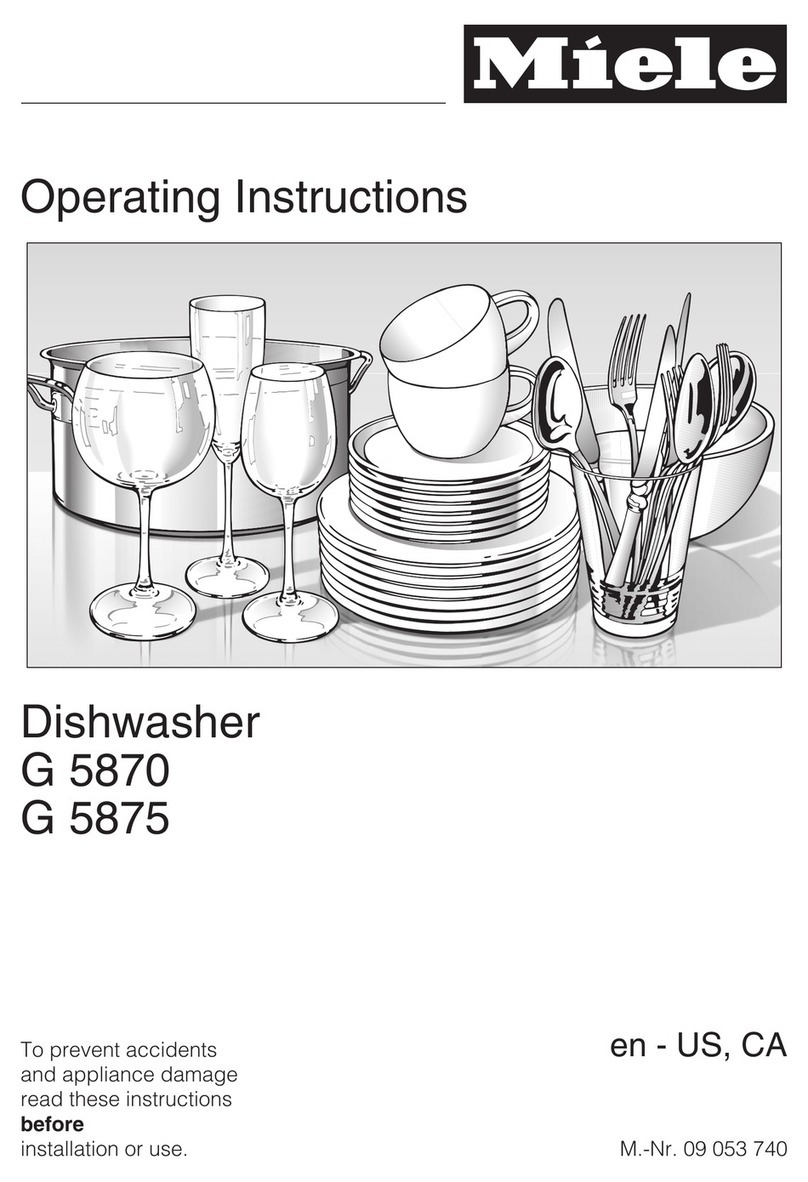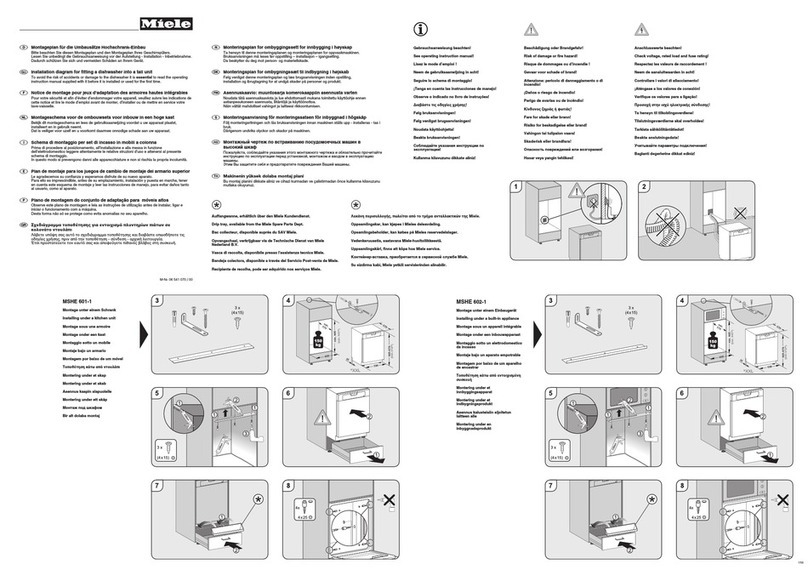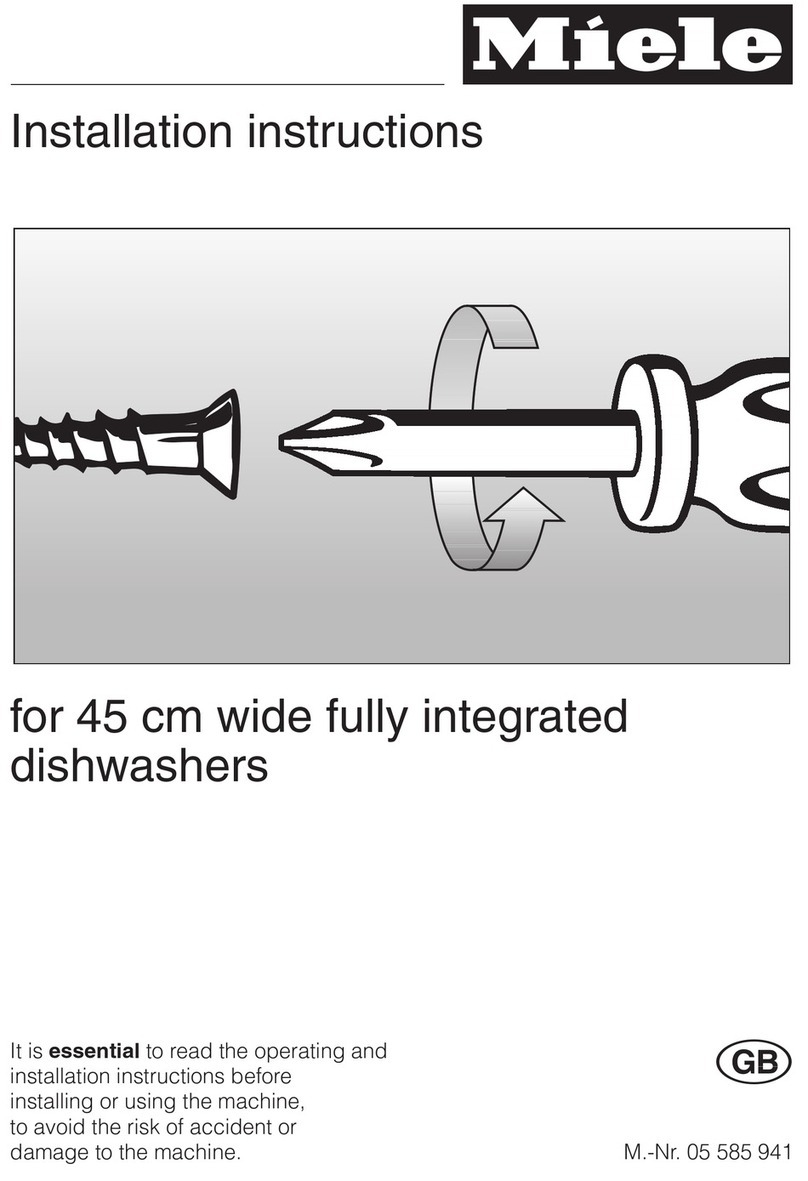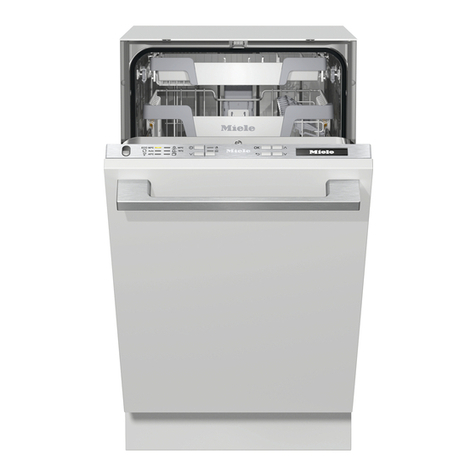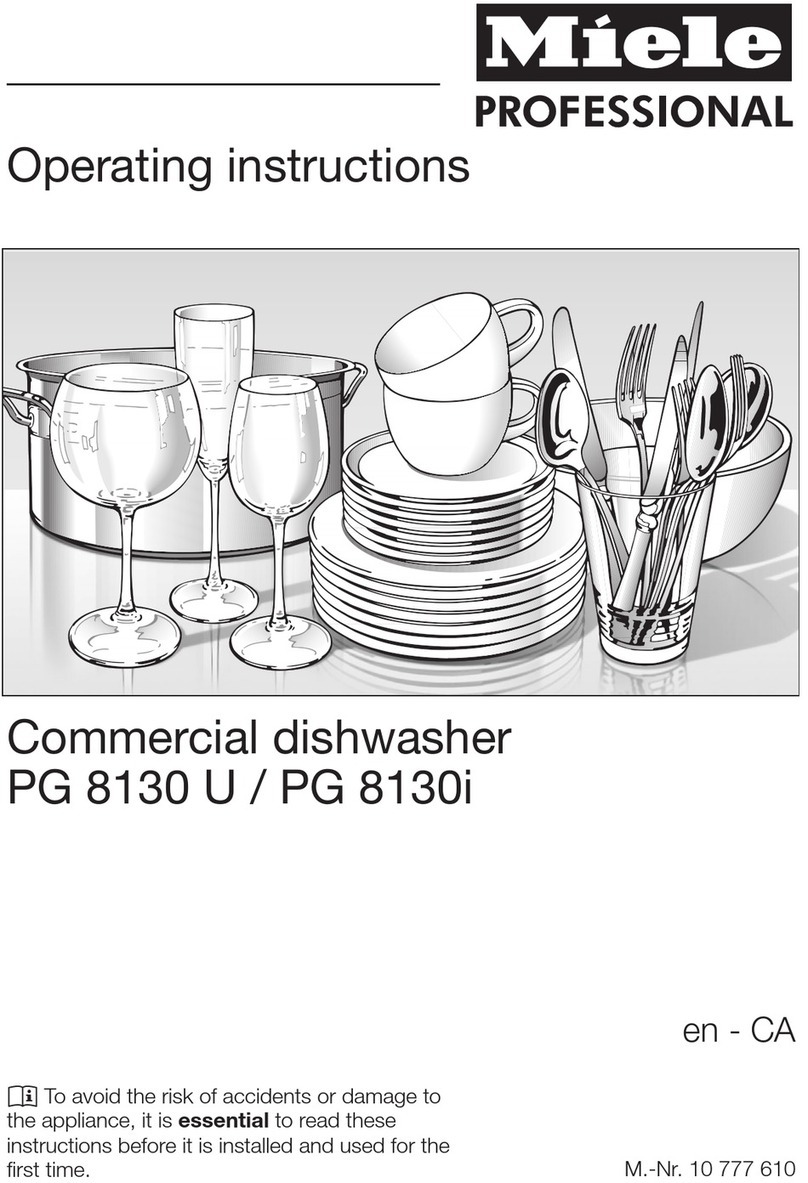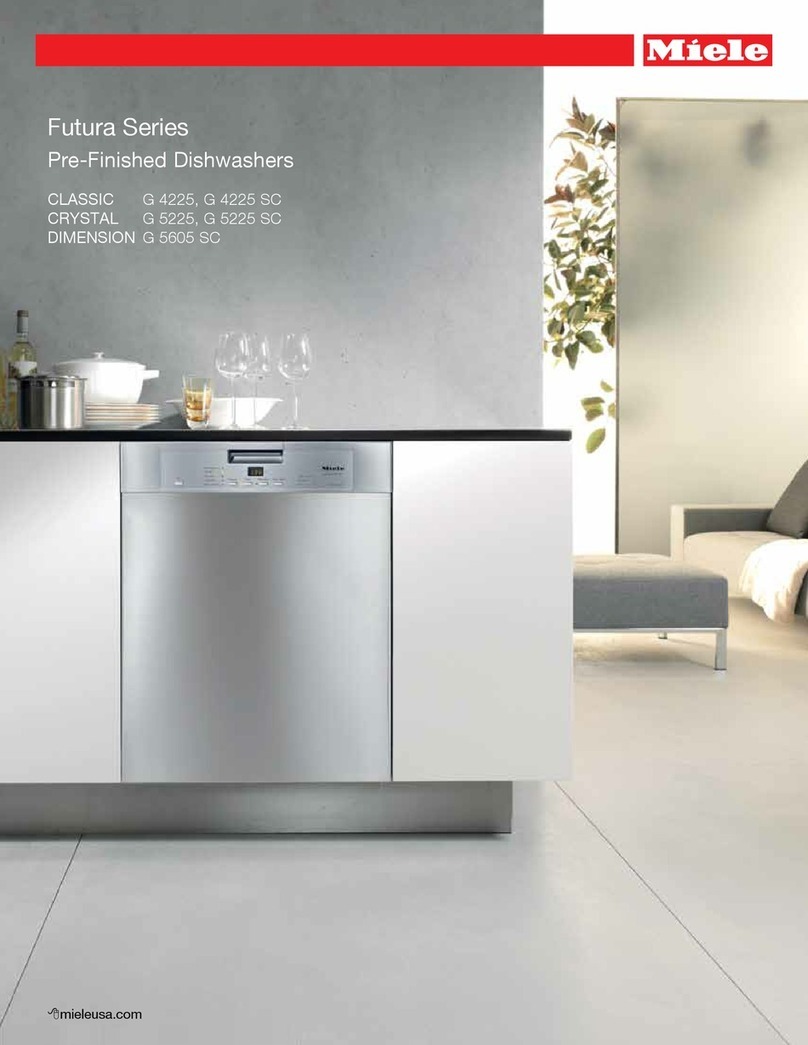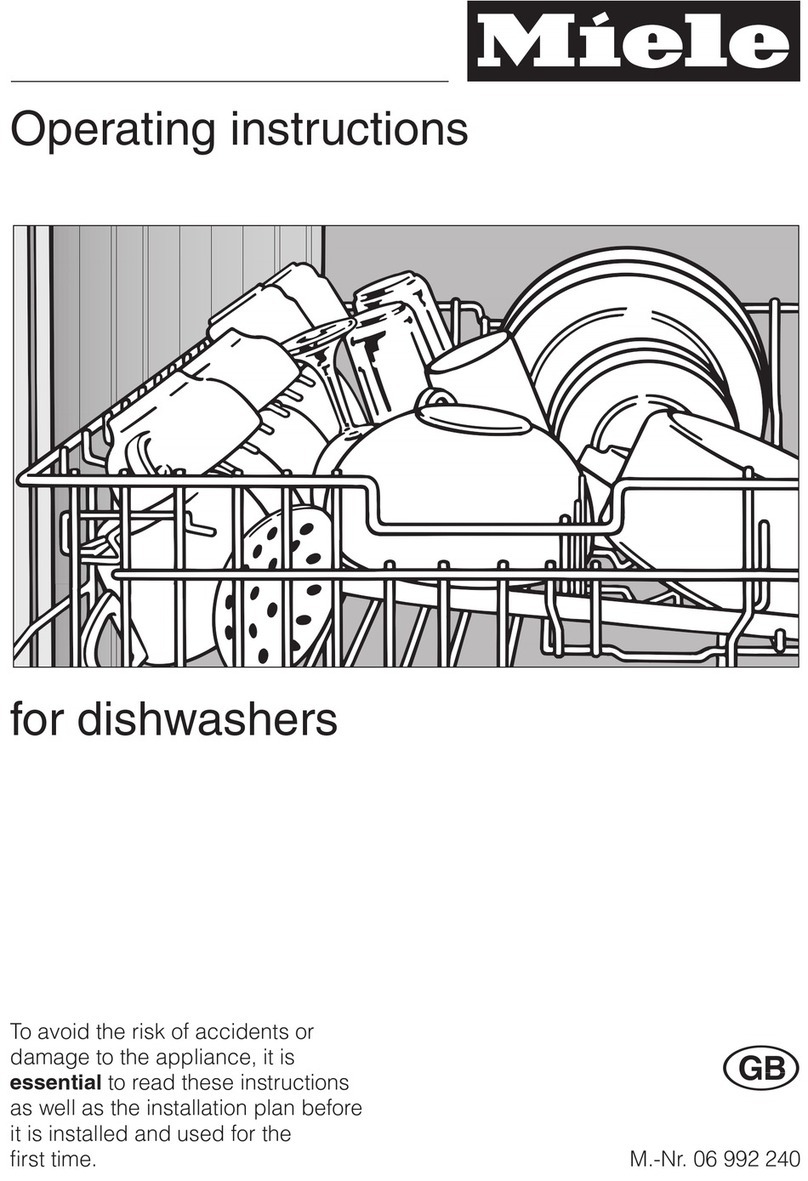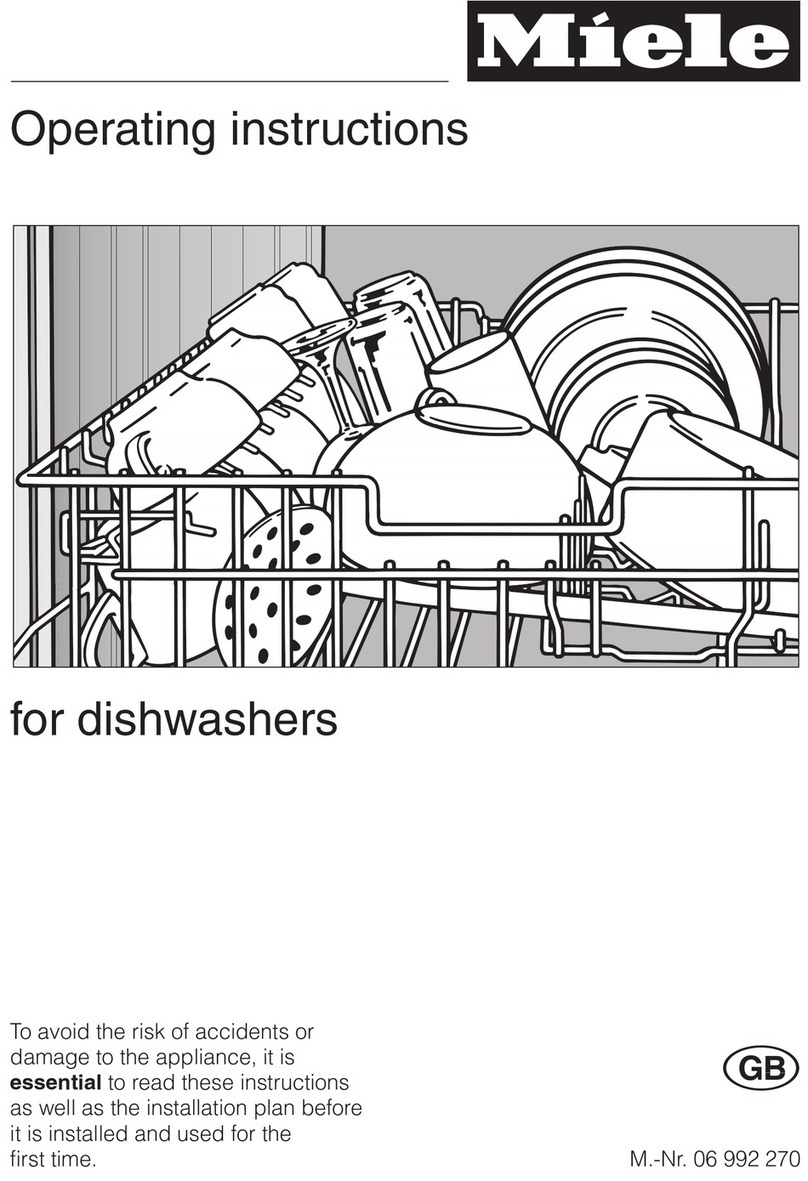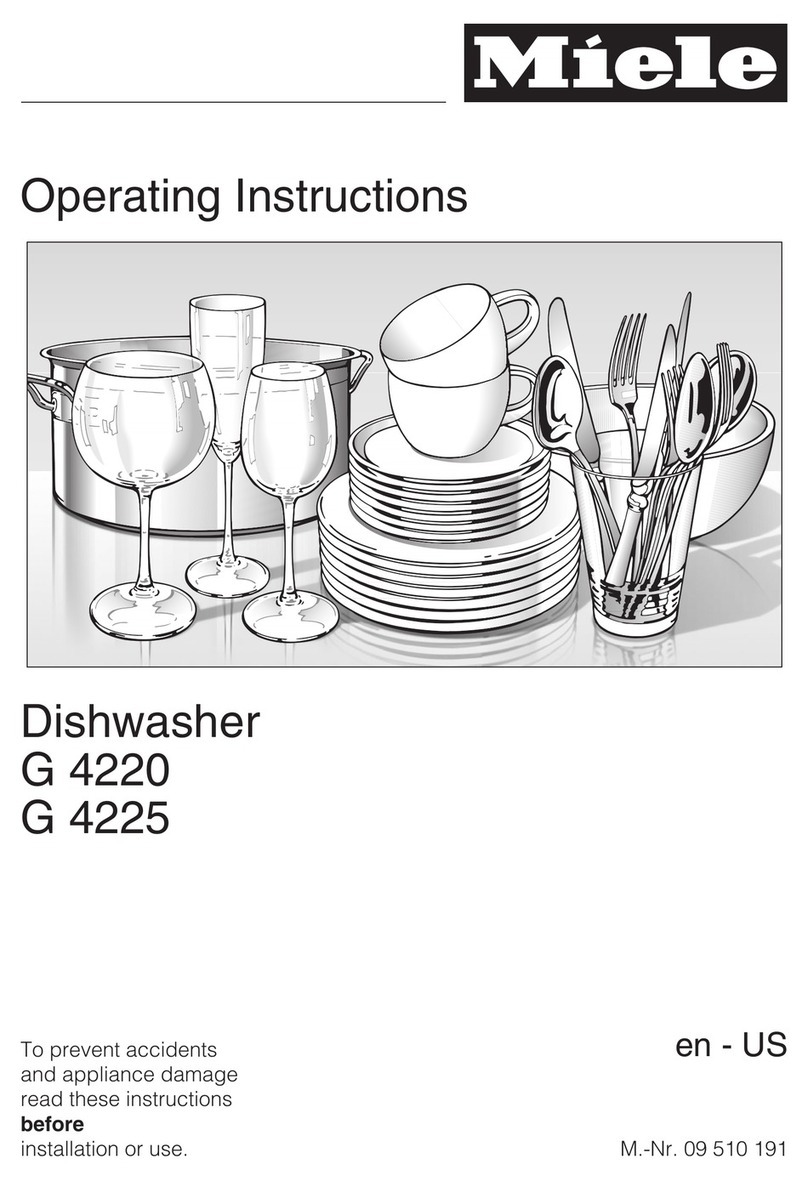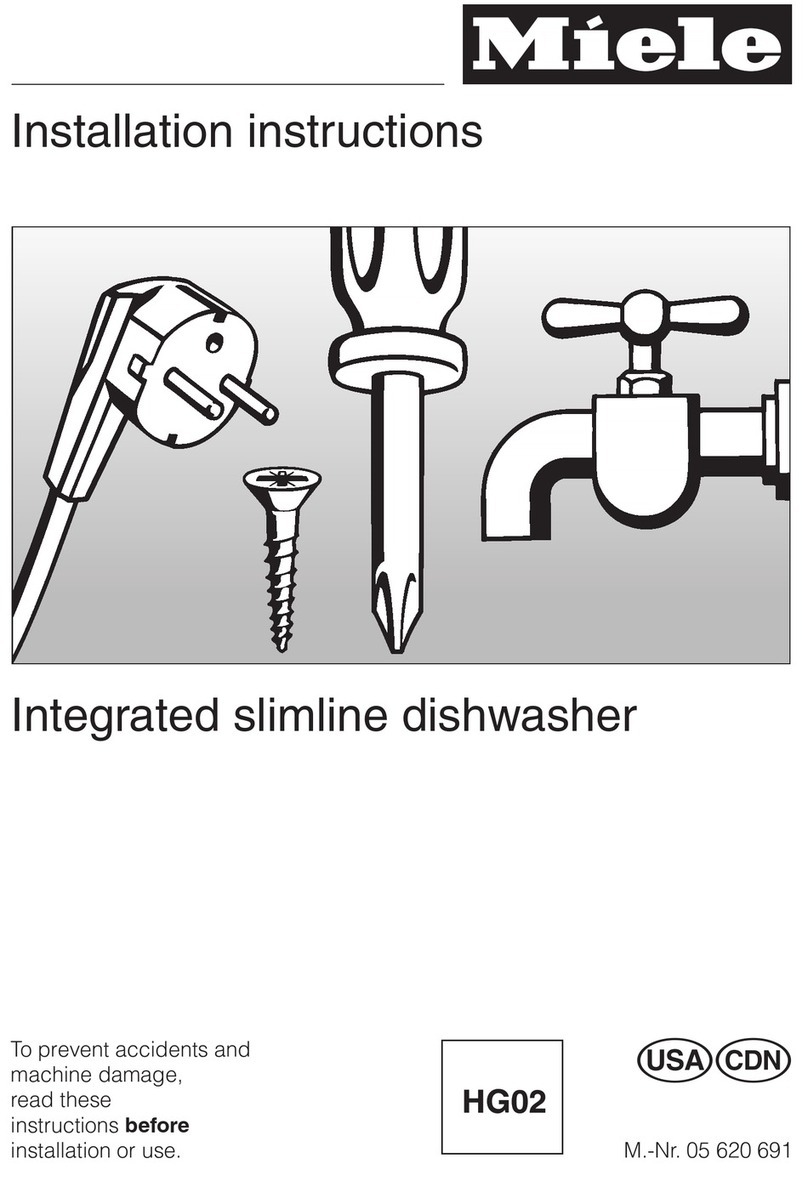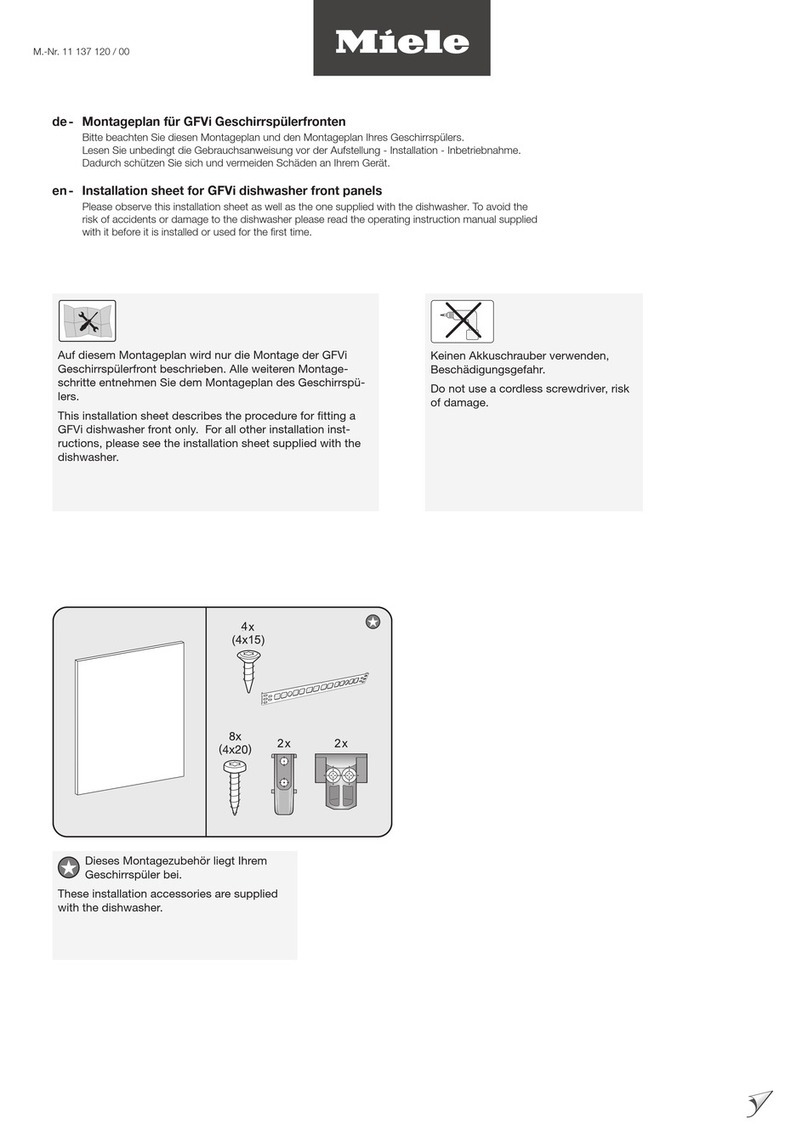
CONTENTS
REV.0.01_COD.650184_A4 Page 4
7.2Buttons .................................................................................................................................. 29
Audible signal ..................................................................................................................... 29
7.3Display ................................................................................................................................... 30
8.PROGRAMS ............................................................................................................33
8.1Program blocks .................................................................................................................... 34
8.2Program chart....................................................................................................................... 35
8.3Starting a program ............................................................................................................... 39
9.MACHINE STATUS .................................................................................................40
9.1Ready for operation ............................................................................................................. 40
9.2Program................................................................................................................................. 40
9.3Malfunctioning...................................................................................................................... 40
9.4Power failure......................................................................................................................... 41
9.5Reset...................................................................................................................................... 41
10.MENU.......................................................................................................................42
10.1Accessing the menu............................................................................................................. 42
10.2Parameter settings............................................................................................................... 43
10.3Parameter list ....................................................................................................................... 43
11.CLOCK.....................................................................................................................44
12.AUDIBLE SIGNAL ...................................................................................................44
13.HISTORICAL DATA (batch protocols)...................................................................44
13.1Outputting batch protocols retrospectively ...................................................................... 44
External software ................................................................................................................ 44
14.LIST OF WARNINGS AND EVENTS .......................................................................45
14.1List of warnings .................................................................................................................... 45
14.2List of display messages ..................................................................................................... 47
15.USB port (optional) .................................................................................................48
16.Process documentation.........................................................................................49
16.1Serial interface...................................................................................................................... 49
16.2User administration.............................................................................................................. 49
16.3USB port ................................................................................................................................ 49
17.MAINTENANCE....................................................................................................... 50
17.1General recommendations on maintenance ..................................................................... 50
Machine status ................................................................................................................... 50
Safety systems ................................................................................................................... 50
Procedure ........................................................................................................................... 50
Decontamination procedures ............................................................................................. 50
17.2Maintenance reminder......................................................................................................... 51
17.3Routine maintenance work ................................................................................................. 51
17.4Table of routine maintenance tasks................................................................................... 51
17.5Drying air filtration................................................................................................................ 56
17.6Special maintenance............................................................................................................ 56
